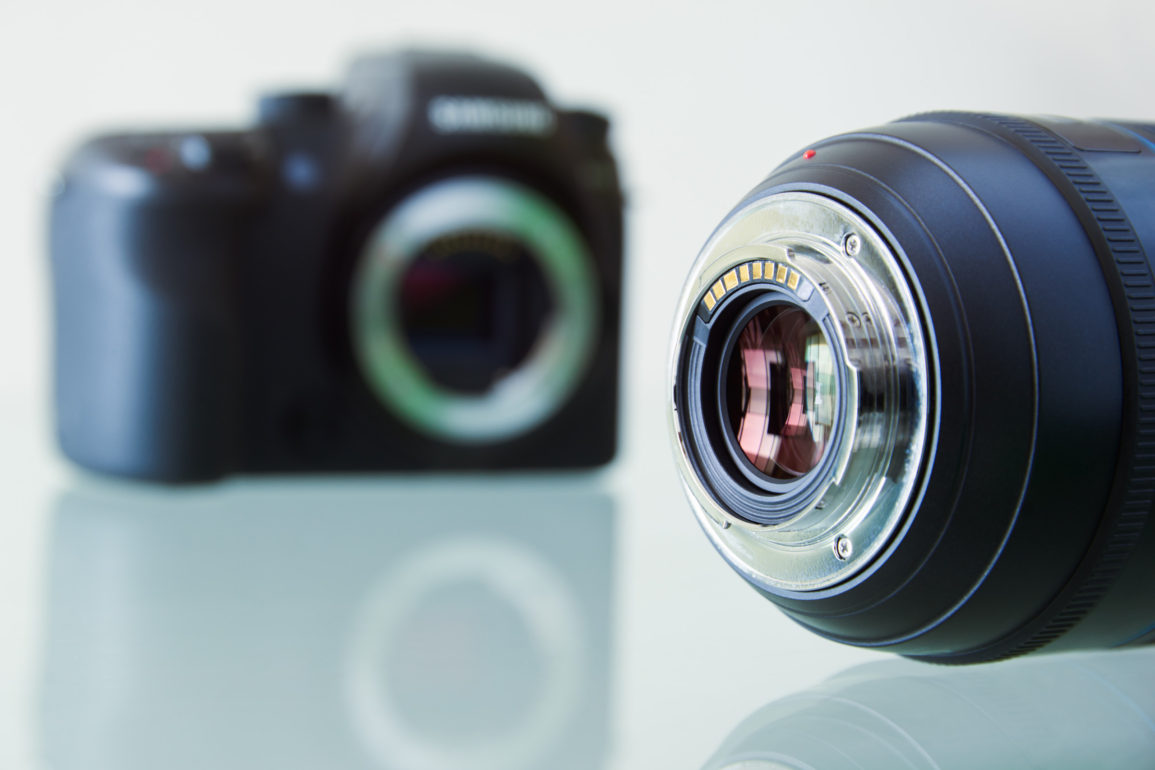Camera, invented in 1800s, is a device we use to express ourselves and the world we live in. Photography is a technique to produce images using machines. Cameras have been evolving since the 1800s. They can’t function without light. The light is one of the fundamental subjects of the photography and its proper use is crucial. In cameras, one of the systems that adjust the light is the diaphragm.
The lens aperture of the cameras has a duty similar to the pupil. The lens aperture has a system that controls the amount of the light. The lens aperture, which is located in the objective, allows the entry of light in accordance with your preference, thanks to its blades (diaphragm) which form circular openings with desired radius.
The camera needs to control the amount of light that enters the objective in order to create an exposure with desired outcome. Diaphragm makes it possible that the desired amount of light reaches the light sensitive surface. The light sensitive surface may be a film or a digital sensor.
How to Express the Lens Aperture Value
The aperture values are expressed in f numbers. For example, f/1.4, f/2, f/2.8, f/4, f/5.6, f/8, f/11, f/16, f/22, f/32, f/64… If the f number is f/1.4, the lens aperture is wide and the amount of light that passes through is high. As the f number increases, the amount of light that enters the lens decreases. These values can be different for different devices. If the f number is something like f/22, the circular opening between the blades are narrow and a low amount of light can reach the light sensitive surface.
How to Change the F Number?
The lens aperture can be adjusted by turning a ring that is placed on the objective. F numbers are written on the ring. All you need to do is set the desired f number turning the ring.
If you prefer using your DSLR device in manual settings, you can manually make all necessary adjustments including the f number. If you use your camera in AV setting (aperture priority mode), you need to adjust only the f number and the device adjusts the other settings accordingly.
You can make all these adjustments using the buttons on your camera.
If you want to achieve a shallow depth of field, you need to keep the f number high. You need a shallow depth of field if you don’t want to see the background of the object you are photographing. In this case your f number should be something like f/1.8. a Shallow depth of field creates an aesthetical effect on the photo. By means of a wide aperture (low f number), you can isolate the person or object you are photographing from the rest of the environment.
If you want to have a deep depth of field, which means you want to focus on a larger area of the environment, your f number should be high. You can use something like f/11 for this purpose.

If you want to shoot portraits, you may prefer using a widely open aperture. Therefore, your model will be isolated from the background and be highlighted. You can use f numbers such as f/1.4 and f/2 for that kind of photography. The actual value you need depends on your device. In this case, only the model will be prominent, and the rest will be out of focus.
If you want to perform extreme close-up photography (called “macro“), you should choose low f numbers. In this case, only the subject you are photographing will be seen in focus. Colors will scatter and the rest of the scene will be out of focus.
If you want to perform landscape photography, you need to see the whole area clearly. Therefore you should use a narrow aperture. For this purpose you can choose f numbers around f/11. As the lens aperture gets narrower, the depth of field will enlarge. Thus everything that is part of the scene will be in focus.
If the ambient light is not sufficient, you need to open your lens aperture more widely. Therefore, a higher amount of light can enter the objective.
If the ambient light is more than you need, you can use a narrower lens aperture (higher f numbers). Of course, you need to take the other values of the device into account.
If you want to photograph a moving subject without blur, you need to use a high shutter speed value. In this case, you need to set the aperture wider. Increasing the shutter speed will decrease the amount of light that reaches the light sensitive surface. You can balance this by increasing the aperture width (decreasing the f number).





